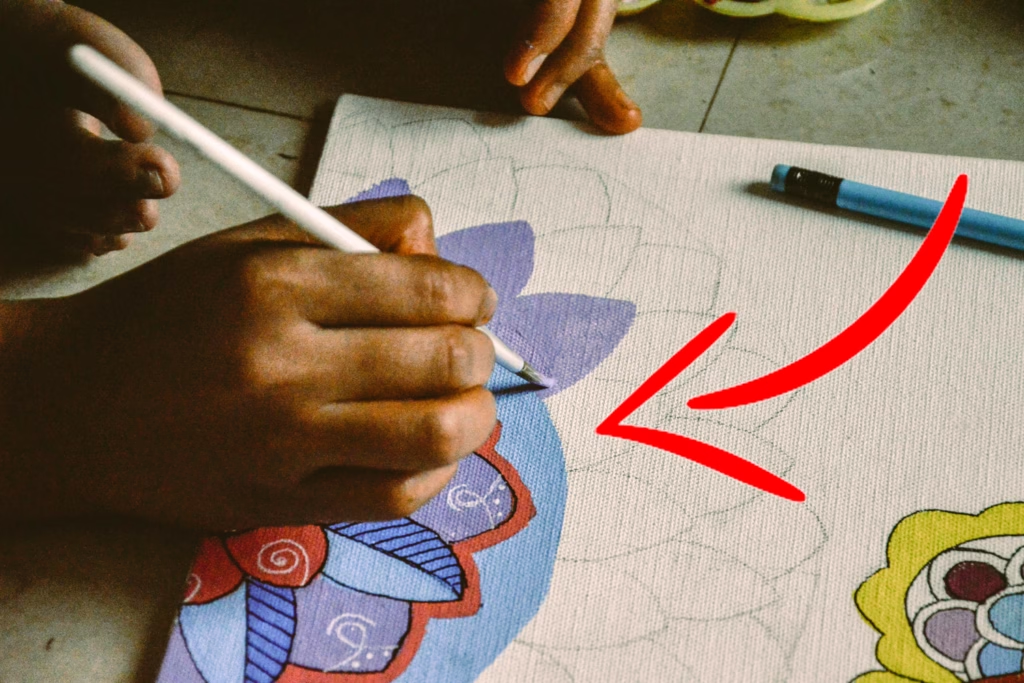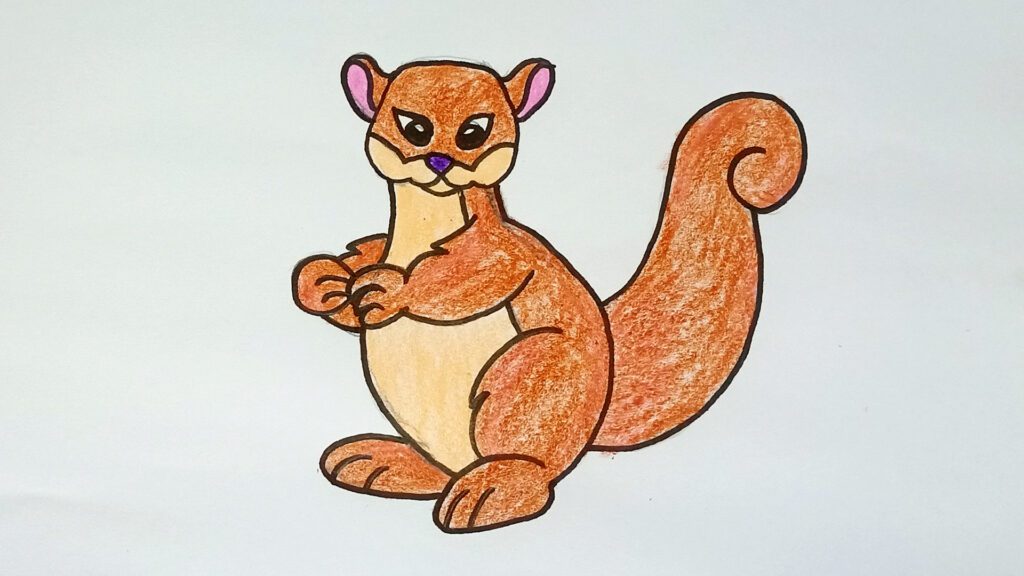Are you ready to elevate your drawing skills and unleash your inner artist? Whether you’re a beginner or a seasoned sketcher, every artist faces challenges that can hold back progress. But by understanding and avoiding a few key pitfalls, you can transform your work from decent to dynamic. In this guide, we’ll explore seven common drawing mistakes that many artists make and how to fix them. By refining your approach and practicing smart techniques, you’ll gain more confidence and clarity in your creative process.
1. Mistake: Inaccurate Proportions
Proportions are the backbone of any drawing. Misplaced features or incorrectly sized limbs can throw off an entire composition. Whether it’s a human figure or a still life, poor proportions can make even the most detailed drawings look unbalanced.
How to fix it:
- Train your eye using the sight-size method. Hold your drawing at arm’s length and compare it directly to your subject.
- Use tools like rulers or proportional dividers.
- Break down objects into basic geometric shapes.
- Study anatomy and body ratios to improve accuracy.
Consistent practice with references will sharpen your sense of proportion, helping you create more balanced and realistic art.
2. Mistake: Flat Drawings Without Depth
Drawings that lack depth appear lifeless. One of the most common drawing mistakes is forgetting to include perspective and layering, which makes the scene look two-dimensional.
How to fix it:
- Learn the basics of linear perspective (one-, two-, and three-point).
- Apply atmospheric perspective—objects farther away should be lighter and less detailed.
- Use overlapping to show spatial relationships between objects.
- Incorporate light, shadows, and gradients to add dimension.
Combining these elements will help your artwork feel more dynamic and believable.
3. Mistake: Ignoring Light and Shadow
Light defines form. Without it, your drawings may lack contrast and vitality. Beginners often overlook the importance of studying how light interacts with surfaces.
How to fix it:
- Observe real-life lighting conditions and practice from life.
- Study the direction, intensity, and quality of light sources.
- Use a full value range, from deep shadows to bright highlights.
- Don’t forget cast shadows and reflected light.
Using light effectively can dramatically increase the realism and depth of your drawings.
4. Mistake: Overworked Lines
visually difficult to readMany artists struggle with messy or overly dark lines. Redrawing lines repeatedly can clutter your piece and make it hard to read visually.
How to fix it:
- Use a light hand when sketching. Start with faint lines to lay out your composition.
- Avoid perfection early on. Focus on overall shapes and structure.
- Practice gesture drawing to gain fluency and confidence in your line work.
A cleaner, more intentional line style will make your artwork feel refined and purposeful.
5. Mistake: Inconsistent Style and Technique
Jumping between techniques or styles can confuse viewers and make your work appear disjointed. This often happens when artists are still discovering their unique voice.
How to fix it:
- Identify techniques that resonate with you and practice them consistently.
- Keep a sketchbook to explore and refine your visual language.
- Analyze artworks you admire to learn how others maintain consistency.
Developing a clear, consistent style takes time, but it creates a recognizable and professional aesthetic.
6. Mistake: Weak Composition
Composition is more than placement—it’s the visual flow that guides the viewer’s eye. Neglecting composition can leave your artwork feeling awkward or imbalanced.
How to fix it:
- Use the rule of thirds to place focal points effectively.
- Apply leading lines to draw attention toward key areas.
- Balance your visual elements to distribute weight evenly.
- Contrast light and dark areas to increase interest.
Good composition brings harmony and intentionality to your drawings.
7. Mistake: Not Practicing Enough
Perhaps the most common mistake is simply not practicing regularly. Infrequent drawing leads to plateaued growth and fading confidence.
How to fix it:
- Set a regular drawing schedule—even 15 minutes a day adds up.
- Use challenges or daily prompts to stay motivated.
- Track your progress and revisit old drawings to see how far you’ve come.
With consistency, you’ll see faster improvement and develop stronger habits that support your growth.
How to Keep Improving
Avoiding common drawing mistakes is only the beginning. To continue evolving, you’ll need curiosity, patience, and a mindset of growth. Here are additional tips for ongoing improvement:
- Stay curious: Try new techniques, styles, and materials. Exploration breeds innovation.
- Study master artists: Learn from the composition, shading, and structure used by experienced creators.
- Keep a sketchbook: Use it to document ideas, experiments, and daily practice.
- Set clear goals: Focus your learning around specific skills or topics.
- Embrace feedback: Share your work and welcome constructive critique.
- Celebrate small wins: Every step forward is progress—acknowledge it.
By committing to continual learning and staying passionate, you’ll grow both technically and creatively.
Conclusion
Every artist makes mistakes—what matters most is how you respond. Recognizing common drawing mistakes and learning how to correct them is a powerful way to accelerate your progress.
Remember, no drawing is perfect. Each sketch, flawed or not, is a chance to learn something new. Keep refining your skills, stay open to feedback, and embrace the creative process. With time and dedication, you’ll not only become a better artist but also discover your unique voice in the world of drawing.
So pick up that pencil with confidence, and let your journey continue—mistakes and all.





